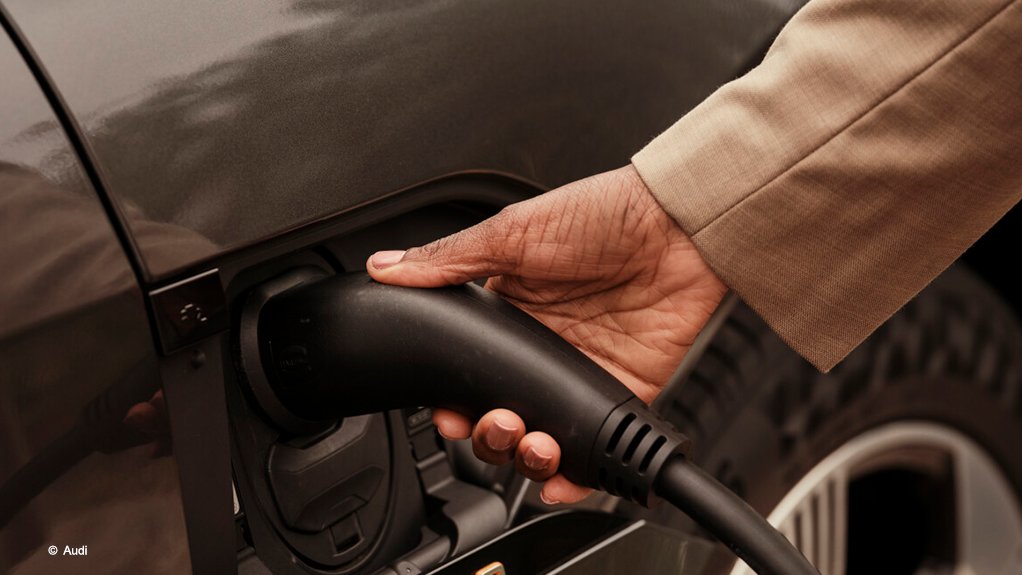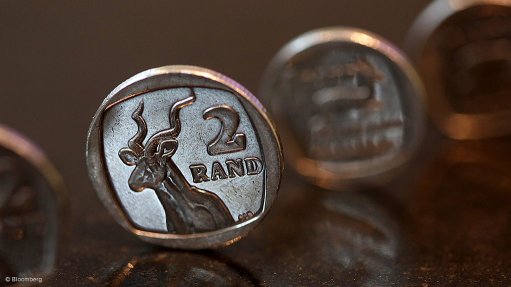NEV sales up amid lower overall new-vehicle sales
New energy vehicle (NEV) sales from 18 brands increased by 169.8% from a very low base of 1 228 units in the second quarter of last year to a decent 4 122 units by the end of the second quarter of this year, naamsa | the Automotive Business Council president Billy Tom has said.
“We are definitely encouraged to see that NEV sales reached the 1% mark for the first time in 2023, comprising 1.45% of the total new vehicle market,” he said at ‘The Future of Auto Retailing in SA Thought Leadership Roundtable’, in Johannesburg, on August 23.
This follows from an 88.2% increase during the first quarter of this year compared with the first quarter of last year, following a significant year-on-year increase of more than 421% in 2022 compared with 2021, he said, adding that NEV sales increased by 65.8% at the end of 2023.
However, overall, Tom noted that new-vehicle sales were not looking good in the first half of this year, although he was optimistic about the prospects for improvement in the second half of the year.
“The first half has not looked great. naamsa predicted about eight months ago that this is going to be a year of two halves, saying that the first half is going to look horrible, and things will look a lot more positive going into the second half,” he said.
Tom noted that aggregate new vehicle sales during the second quarter of this year recorded a decline of 9.6% compared with the corresponding quarter last year, and a decline of 12.1% compared with the first quarter of this year.
This declining trend in the new-vehicle market, which began in August 2023, continued into the first half of this year, signalling a constrained new-vehicle market accompanied by an affordability challenge as interest rates were at their highest in 15 years, he said.
He noted that, in terms of vehicle sales during the first quarter, the automotive industry was aligned with an economy that contracted by 0.1%, while sales deteriorated further during the second quarter of this year as national election jitters impacted markets.
“Certainly, the performance of the new-vehicle market during the first half of the year was in line with the industry's expectations of a year of two halves, consisting of a taxing first half, but improved prospects for the second half of the year, once an interest rate cutting cycle commences,” Tom said.
Vehicle imports also declined in line with weaker trading conditions, he noted.
“Vehicle exports also lost momentum since the beginning of 2023, negatively impacting vehicle production volumes. In South Africa, for every three vehicles that we manufacture, two are exported. Fortunately, vehicle exports reflected a welcome uptick towards the end of the second quarter, and the interest rate cut by 25 bps from a record high by the European Central Bank in June 2024 will go a long way to support vehicle exports for the balance of this year,” Tom said.
He said there was much anticipation of improved economic prospects in view of positive factors on the horizon, such as the absence of loadshedding since March 26.
“It is absolutely amazing to be running our businesses again with no energy interruptions in the recent past,” Tom said.
He added that naamsa also expected further relief at the fuel pumps in the near term to ease inflationary pressures, along with the likely introduction of lower interest rates before year-end by South African Reserve Bank.
“We are also encouraged that the Government of National Unity has created positive momentum in the country, and investor confidence in our market is definitely on an upward trajectory,” he said.
Tom noted that business and consumer sentiment was gradually improving, but it would require a concerted effort during the second half of the year to negate the negative first half and for the new-vehicle market to return to prepandemic levels after four years.
“It is very clear that we have been on a downward trajectory in relation to new-vehicle sales in our country. A number of commentators in the market are beginning to suggest that the South African market has become saturated. However, as a sector, we do not subscribe to that particular notion, because we believe very strongly that our market has been resilient, is resilient, and will certainly come back, hopefully in the second half of 2024,” naamsa CEO Mikel Mabasa added.
He added that the rationale behind this hope was that, since the Covid-19 pandemic, the South African automotive industry had not yet reached prepandemic levels.
“We are hoping that 2024 will be that period where we can be able to come back into our trajectory, where we can be able to grow our new-vehicle sales,” he said.
Article Enquiry
Email Article
Save Article
Feedback
To advertise email advertising@creamermedia.co.za or click here
Comments
Press Office
Announcements
What's On
Subscribe to improve your user experience...
Option 1 (equivalent of R125 a month):
Receive a weekly copy of Creamer Media's Engineering News & Mining Weekly magazine
(print copy for those in South Africa and e-magazine for those outside of South Africa)
Receive daily email newsletters
Access to full search results
Access archive of magazine back copies
Access to Projects in Progress
Access to ONE Research Report of your choice in PDF format
Option 2 (equivalent of R375 a month):
All benefits from Option 1
PLUS
Access to Creamer Media's Research Channel Africa for ALL Research Reports, in PDF format, on various industrial and mining sectors
including Electricity; Water; Energy Transition; Hydrogen; Roads, Rail and Ports; Coal; Gold; Platinum; Battery Metals; etc.
Already a subscriber?
Forgotten your password?
Receive weekly copy of Creamer Media's Engineering News & Mining Weekly magazine (print copy for those in South Africa and e-magazine for those outside of South Africa)
➕
Recieve daily email newsletters
➕
Access to full search results
➕
Access archive of magazine back copies
➕
Access to Projects in Progress
➕
Access to ONE Research Report of your choice in PDF format
RESEARCH CHANNEL AFRICA
R4500 (equivalent of R375 a month)
SUBSCRIBEAll benefits from Option 1
➕
Access to Creamer Media's Research Channel Africa for ALL Research Reports on various industrial and mining sectors, in PDF format, including on:
Electricity
➕
Water
➕
Energy Transition
➕
Hydrogen
➕
Roads, Rail and Ports
➕
Coal
➕
Gold
➕
Platinum
➕
Battery Metals
➕
etc.
Receive all benefits from Option 1 or Option 2 delivered to numerous people at your company
➕
Multiple User names and Passwords for simultaneous log-ins
➕
Intranet integration access to all in your organisation





















